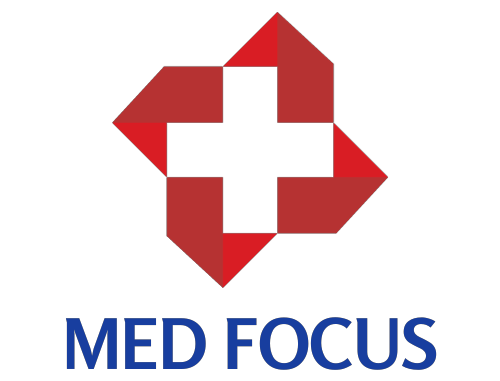New medical devices have helped reduce the burden of illness and injury and improve the quality of life for countless children. Mechanical ventilators and other respiratory support devices rescue thousands of fragile new borns every year. Children require an effectively performing basic program for medical device regulation. Hospitals and other healthcare institutions have acted individually to improve their medical device systems and promote change in larger systems within which they operate.

Some points are highlighted for your perusal.
- Post-Market Surveillance
Post-market surveillance of medical devices used with children is a little investigated topic because the market for most medical products is concentrated among older adults. Yet children differ from adults, and their special characteristics have implications for the evaluation and monitoring of the short- and long-term safety and effectiveness of medical devices used with young patients.
- Structure
Beyond treatment decisions, parents weigh risks in structuring their child’s daily life and determining the degree to which a tightly controlled, medically monitored environment should be moderated to allow a more normal childhood experience. For example, parents weigh the risk of damage to an implant against the opportunity for a child to play sports with his or her peers.

- Monitoring
There has been an exponential rise in the development of medical devices with a concomitant rise in the number of companies working in the life sciences sector. Regulate and appropriately characterize medical devices as “any instrument, apparatus, appliance, software, implant, reagent, material or other article intended by the manufacturer to be used, alone or in combination, for human beings for one or more of the following specific medical purposes:
- diagnosis, prevention, monitoring, prediction, prognosis, treatment or alleviation of disease,
- diagnosis, monitoring, treatment, alleviation of, or compensation for, an injury or disability,
- investigation, replacement, or modification of the anatomy or a physiological or pathological process or state,
- Shift Noting
There has been a significant shift in attitude to the delivery of healthcare, with a move away from a hospital-centric approach towards community or home settings with the support and integration of medical devices and a greater emphasis on self-management.

Medical Devices
Panic
When a child feels threatened in any situation, he or she can press the panic button, which sends an automatic message and a phone call to the parent or guardian, as well as a precise live GPS location. We don't need an internet connection because we're using a GSM module.
Blynk
Blynk is an IOS and Android platform for controlling Arduino, Raspberry Pi, and other Internet-connected devices. It's a digital dashboard where you may drag and drop widgets to create a graphic interface for your project.

Children represent the future, and ensuring their physical, socio-emotional, language, and cognitive development is integral to health technology development. The development of a child from a term or preterm neonate to a fully mature individual relies on complex physiological, anatomical, developmental, and social changes.This blog would give you a basic understandings about medical device safety for the children.
Kindly visit themedfocus.com for additional advice and recommendations about attending medical school. If you're seeking a trustworthy internet source, please check out the whole medical school package at the URL below.
https://themedfocus.com/products/the-complete-med-school-bundle

